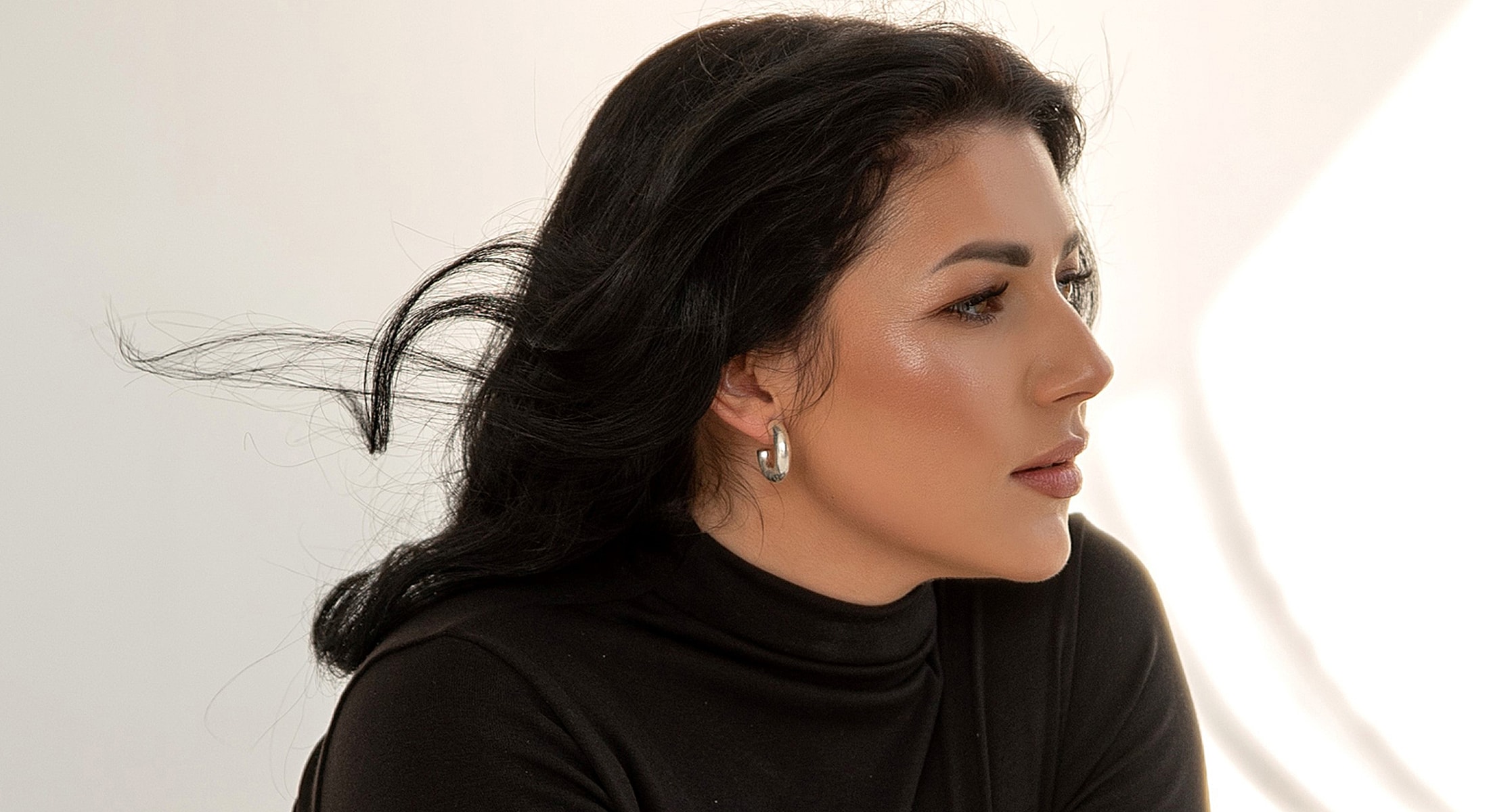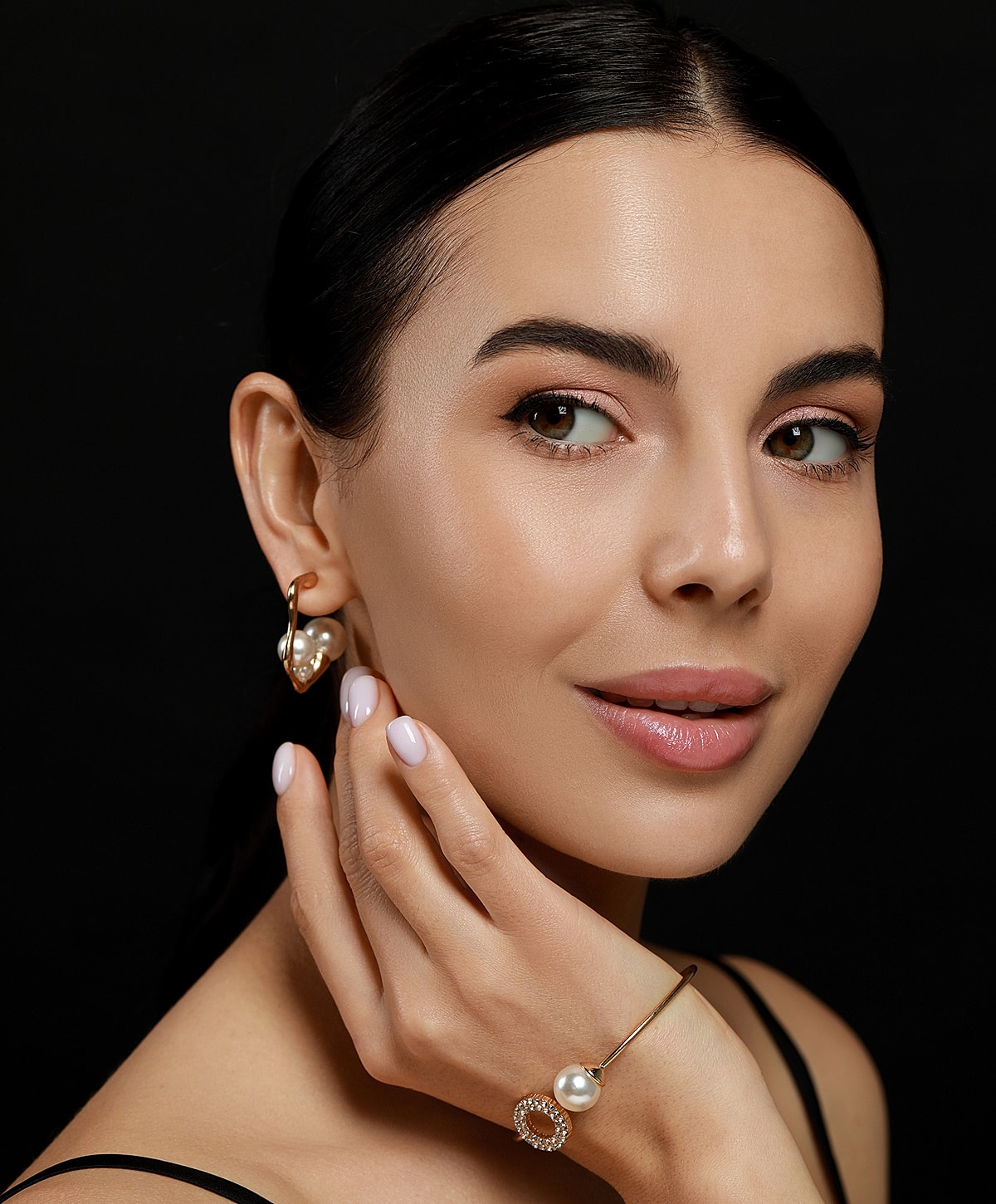
Rhinoplasty
Embrace facial harmony through refined nasal contours.


Embrace facial harmony through refined nasal contours.

The nose is the central feature of your face. Its structure affects not only profile and proportion, but also how the rest of your features are perceived. At Redbud Facial Plastic Surgery, Dr. Nicholas Clark brings the precision of a fellowship-trained facial plastic surgeon to every rhinoplasty procedure, reshaping the nose with an eye toward facial harmony, balance, and identity.
With a foundation in head and neck surgery and advanced training in aesthetic and reconstructive nasal surgery, Dr. Clark specializes in delivering refined, elegant changes that enhance—not overpower—your natural features. Whether you’re seeking cosmetic improvement, correction after trauma, or functional improvement for better breathing, you’re in expert hands.

2–3 hours

General anesthesia

7–10 days

Permanent

Humps, asymmetry, bulbous tip, wide bridge, poor projection, breathing issues

Closed or open rhinoplasty, depending on anatomy

Rhinoplasty, commonly referred to as nose reshaping surgery, is a surgical procedure that alters the internal and/or external structure of the nose. This may involve refining the nasal tip, narrowing the bridge, reducing humps or bumps, correcting asymmetry, or opening the airway for better breathing.
Dr. Clark performs both cosmetic and functional rhinoplasty, with a strong emphasis on maintaining structural support and long-term results. No two noses are alike, which is why your rhinoplasty will be fully customized to suit your unique facial anatomy, ethnicity, and desired outcome.
Rhinoplasty is performed under general anesthesia in a fully accredited surgical facility. Depending on the extent of the surgery, Dr. Clark uses one of two rhinoplasty techniques:
The rhinoplasty procedure typically takes 2 to 3 hours to perform. Dr. Clark reshapes cartilage and bone, refines the nasal tip or dorsum, and ensures structural support. If necessary, cartilage grafts may be used to enhance stability and definition.
Once reshaping is complete, sutures are placed, and a splint is applied to support the nose during the early stages of healing.


Rhinoplasty offers far more than a cosmetic change. When performed by a specialist in facial anatomy, such as Dr. Nicholas Clark, it becomes a transformative procedure that enhances overall facial harmony, balances proportions, and, in many cases, improves breathing function.
The nose anchors the face. When it is too large, wide, crooked, or prominent, it can draw attention away from your other features. By refining the shape, projection, or symmetry of the nose, rhinoplasty helps it blend more naturally with the eyes, lips, and jawline, creating a more harmonious profile and balanced appearance from every angle.
Unlike temporary treatments, rhinoplasty provides permanent structural refinement. Dr. Clark creates a custom surgical plan based on your facial structure, ethnicity, and long-term aesthetic goals. Your new nose isn’t a template—it’s designed specifically for you, for a result that looks natural, not “done.”
Many patients describe a sense of relief or renewed confidence after surgery. Small nasal irregularities—whether a hump, a bulbous tip, or the result of past trauma—can disproportionately affect how we perceive ourselves. By addressing these concerns, rhinoplasty often yields a more confident and relaxed demeanor in photos, conversations, and social settings.
Rhinoplasty can also improve function. A deviated septum, internal valve collapse, or nasal asymmetry may contribute to chronic congestion or sleep disruption. Through functional rhinoplasty, Dr. Clark can reshape the interior of the nose to restore open airways without compromising aesthetics.
Dr. Clark’s signature is subtlety. His rhinoplasty approach ensures results that are refined yet recognizable, preserving the unique qualities of your face while addressing what feels out of place. You’ll still look like yourself—just more balanced, refreshed, and at ease.
You may be an ideal candidate if you:
Dr. Clark provides honest, personalized consultations and will help determine if rhinoplasty is the best approach or if other procedures may better suit your goals.

Dr. Clark’s refined techniques aim to minimize trauma and swelling while supporting a smooth recovery and natural-looking results.

Initial rhinoplasty results are visible after the first 2 weeks, but your nose will continue to become more refined for up to 12 months. Subtle changes will become more apparent over time as residual swelling subsides. Because rhinoplasty involves structural change, the results are permanent and do not require maintenance.
Beyond physical refinement, many patients describe a renewed sense of confidence and ease in their appearance. By restoring harmony between the nose and surrounding features, rhinoplasty not only enhances how you look, it changes how you feel. For many, it marks a quiet but deeply personal shift toward feeling more aligned with their best self.
As a facial plastic surgeon with expertise in both aesthetics and the complex anatomy of the nose, Dr. Nicholas Clark is uniquely positioned to deliver results that are both functional and proportionate, yet beautifully subtle. He understands how small refinements can dramatically enhance facial balance without compromising your identity.
Patients choose Dr. Clark for:
This is rhinoplasty with purpose—for breathing, balance, and beauty.
Yes. Dr. Clark’s philosophy is always centered on facial harmony and proportion. The goal is to enhance—not change—your identity.
Absolutely. If you have a deviated septum or internal nasal valve collapse, Dr. Clark will address functional concerns during your procedure.
In open rhinoplasty, the small incision at the base of the nose heals very well and is usually barely visible. Closed rhinoplasty has no external scars.
Dr. Clark also performs revision rhinoplasty and can assess prior surgical changes to develop a plan for improved structure or aesthetics.
More subtle temporary results can be achieved with dermal fillers in an approach known as “liquid rhinoplasty,” but this is not a substitute for surgical correction and cannot reduce size or improve breathing.